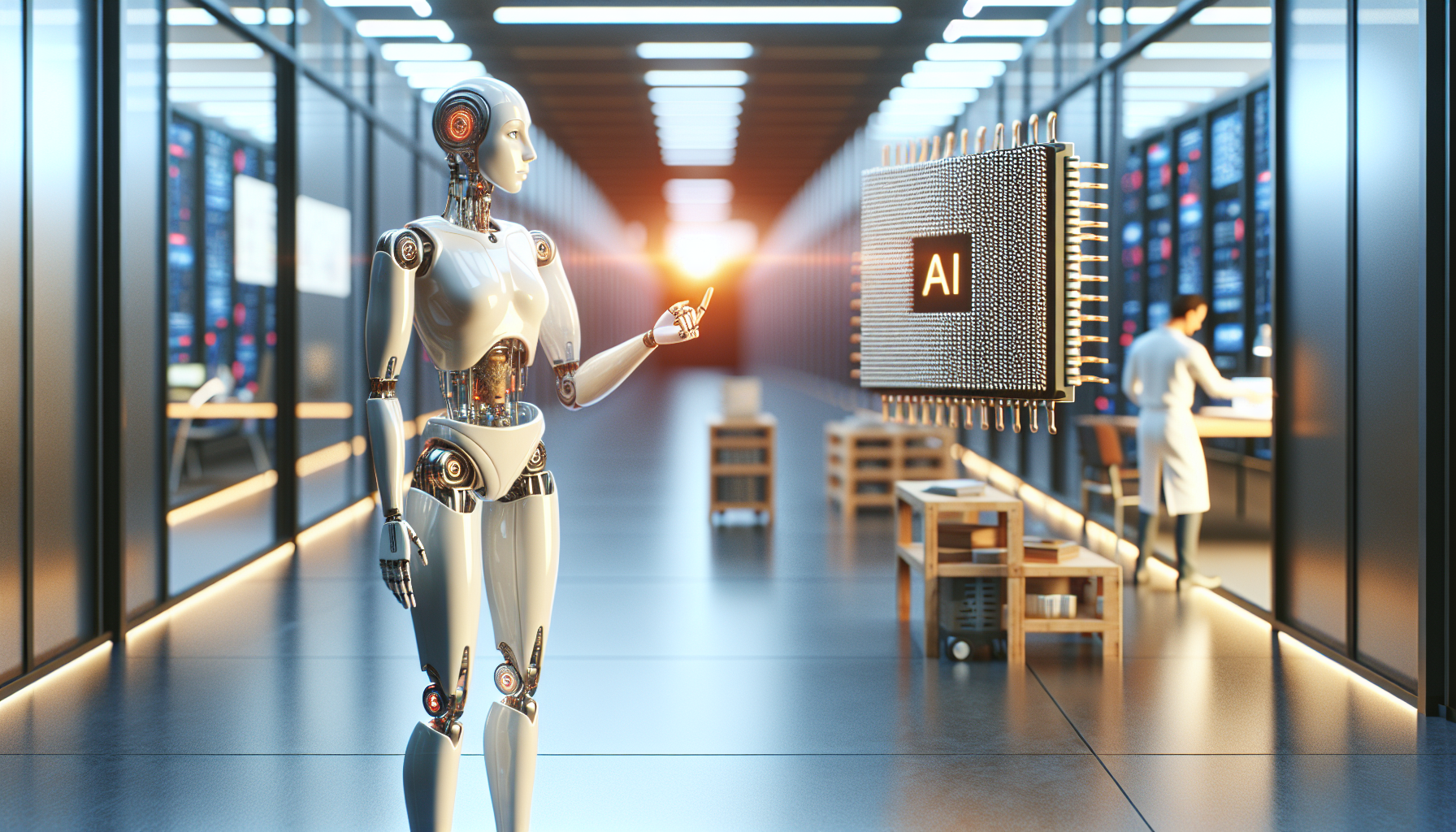
Machine Learning vs. Deep Learning: Understanding the Differences Through Case Study Analysis
May 4, 2025
In the realm of artificial intelligence, machine learning and deep learning represent two pivotal approaches that are often discussed interchangeably but differ significantly in methodology, application, and impact. To elucidate these differences, one must delve into case studies that illustrate their distinct functionalities and outcomes.
A compelling case study that highlights the distinction between machine learning and deep learning is the development of image recognition systems. Consider a project undertaken by a leading tech firm to enhance its photo-sharing application, aiming to improve the automatic tagging of images. Initially, the team employed traditional machine learning techniques, which rely heavily on feature extraction by human engineers. These methods necessitate a considerable amount of manual intervention to identify the characteristics of the images, such as edges, textures, and shapes that distinguish one object from another.
In this phase, the machine learning algorithms were trained on a labeled dataset, allowing the system to predict image tags based on similarities with the training data. The results were satisfactory, achieving a reasonable accuracy rate. However, the process was labor-intensive and limited by the human ability to anticipate all possible features and variations.
The project took a transformative turn when the team decided to incorporate deep learning, specifically convolutional neural networks (CNNs), into their strategy. Deep learning models, unlike their machine learning counterparts, have the extraordinary ability to automatically extract features through multiple layers of abstraction. This capability was demonstrated when the deep learning model excelled at recognizing intricate patterns within the images, patterns that were previously unnoticed or deemed irrelevant by human developers.
Through iterative training on an extensive dataset of millions of images, the CNNs in the deep learning model autonomously learned to discern complex features and relationships within the data. This self-improving mechanism significantly enhanced the accuracy and efficiency of image recognition, surpassing the performance metrics of the earlier machine learning approach.
Another case study that underscores the contrasts between these two branches of artificial intelligence is in the field of natural language processing (NLP). A prominent research institution set out to develop a chatbot capable of understanding and responding to human queries in a conversational manner. Initially, traditional machine learning models, such as support vector machines and decision trees, were employed to analyze and classify language patterns. These models relied on predefined linguistic rules and required extensive data preprocessing, such as tokenization and part-of-speech tagging, to function effectively.
However, when the team integrated recurrent neural networks (RNNs) and their more sophisticated counterpart, long short-term memory networks (LSTMs), the chatbot's conversational abilities improved remarkably. Deep learning allowed the system to understand context and semantics in a way that traditional machine learning could not, thereby facilitating more natural and coherent interactions with users.
These case studies illustrate that while machine learning provides a robust framework for developing predictive models, it is often constrained by the necessity of feature engineering and its dependence on human expertise. Deep learning, on the other hand, offers a more autonomous and scalable solution, capable of processing vast amounts of unstructured data and uncovering intricate patterns without explicit human intervention.
The choice between machine learning and deep learning is not merely a matter of technological preference but is contingent upon the specific requirements and constraints of the task at hand. For projects with limited data or where computational resources are a concern, traditional machine learning techniques may suffice. Conversely, deep learning is advantageous for large-scale data applications or when the complexity of the task demands a more sophisticated approach.
As artificial intelligence continues to advance, the interplay between machine learning and deep learning will undoubtedly evolve, presenting new opportunities and challenges. The insights gleaned from these case studies not only illuminate the current state of these technologies but also provoke a deeper inquiry: How will the convergence of machine learning and deep learning shape the future of artificial intelligence, and what new paradigms will emerge from their synthesis?


